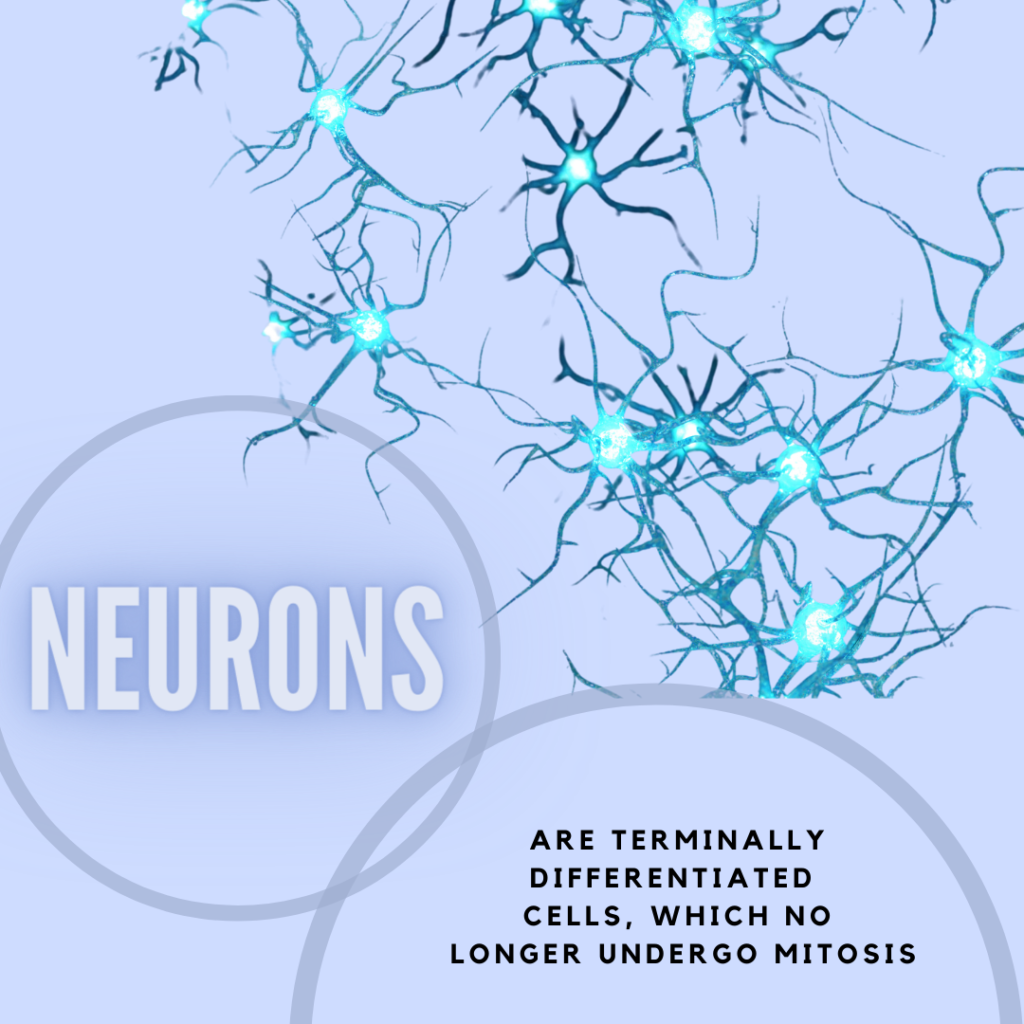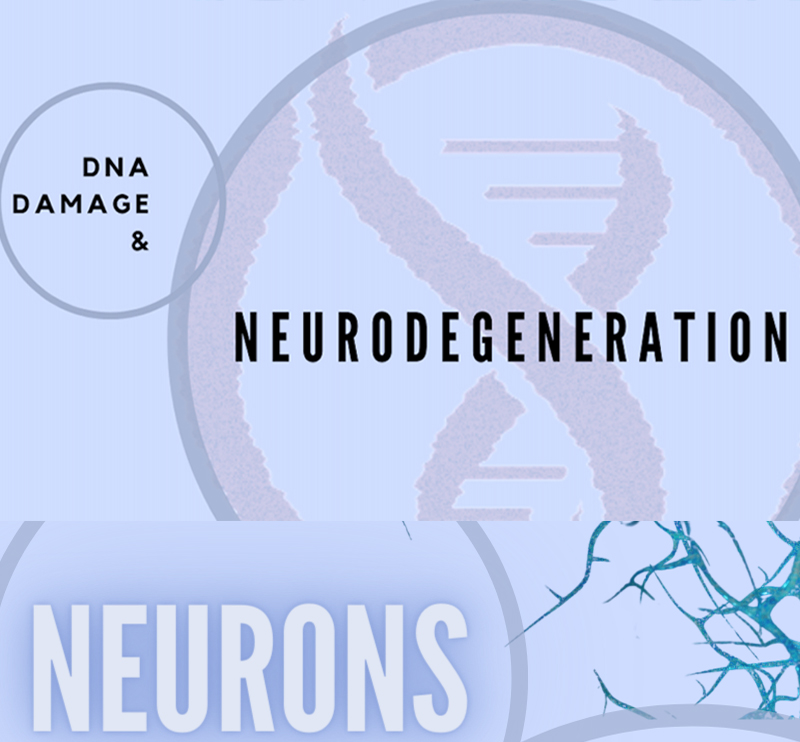Ever wonder about the connection between your DNA and your cognitive health? It turns out that they are more directly connected than you may think- and it comes down to the good old aging process. But first, let’s review a bit about our brain cells.

However, because the cell-cycle proteins are involved in a number of different repair pathways, the lack of replication means that neurons are deficient in back-up repair mechanisms. For example, they are equipped with Non-Homologous End Joining repair, which uses protein complexes to detect and repair double stranded breaks and recruit repair machinery, NHEJ can be quite error prone. The neurons lack the more accurate, error free, homologous recombination repair mechanism.
This leaves the neuron more susceptible to the effects of inherited DNA repair mutations, since the neuron lacks the back-up repair pathways a proliferating cell has.
There are a range of rare diseases, such as SCAN1 and AOA1, both types of neural ataxia, that manifest themselves in non proliferating neural cells. The repair genes affected in these diseases most likely have back-ups in proliferating cells but not in neurons.
It has been shown in mouse models that reducing DNA repair genes to levels found in old mice, gives the young mouse an “aged brain”, and it performs very similar to Alzheimer mouse models.
However, the mouse has no increases in cancer, nor does it have a shortened life span or is particularly disease prone, it is only affected in the brain.
It may be that the reason we don’t see youth afflicted with Alzheimer’s is that their repair pathways can cope. However as we get older, DNA repair declines. In the brain, the lack of repair mechanisms may mean that the brain cells are a preferential target to disorders like Alzheimer’s.
Being a company that creates high throughput platforms based on understanding and quantifying DNA Damage and Repair, Amelia Technologies researches Alzheimer’s disease because of the DNA damage component that stems from many sources over the course of the aging process including but not limited to: head injury, plaques, tangles, and diabetes. Stay tuned for a more in depth post on Alzheimers’ Disease coming up next in our series of DNA Damage and Aging!

